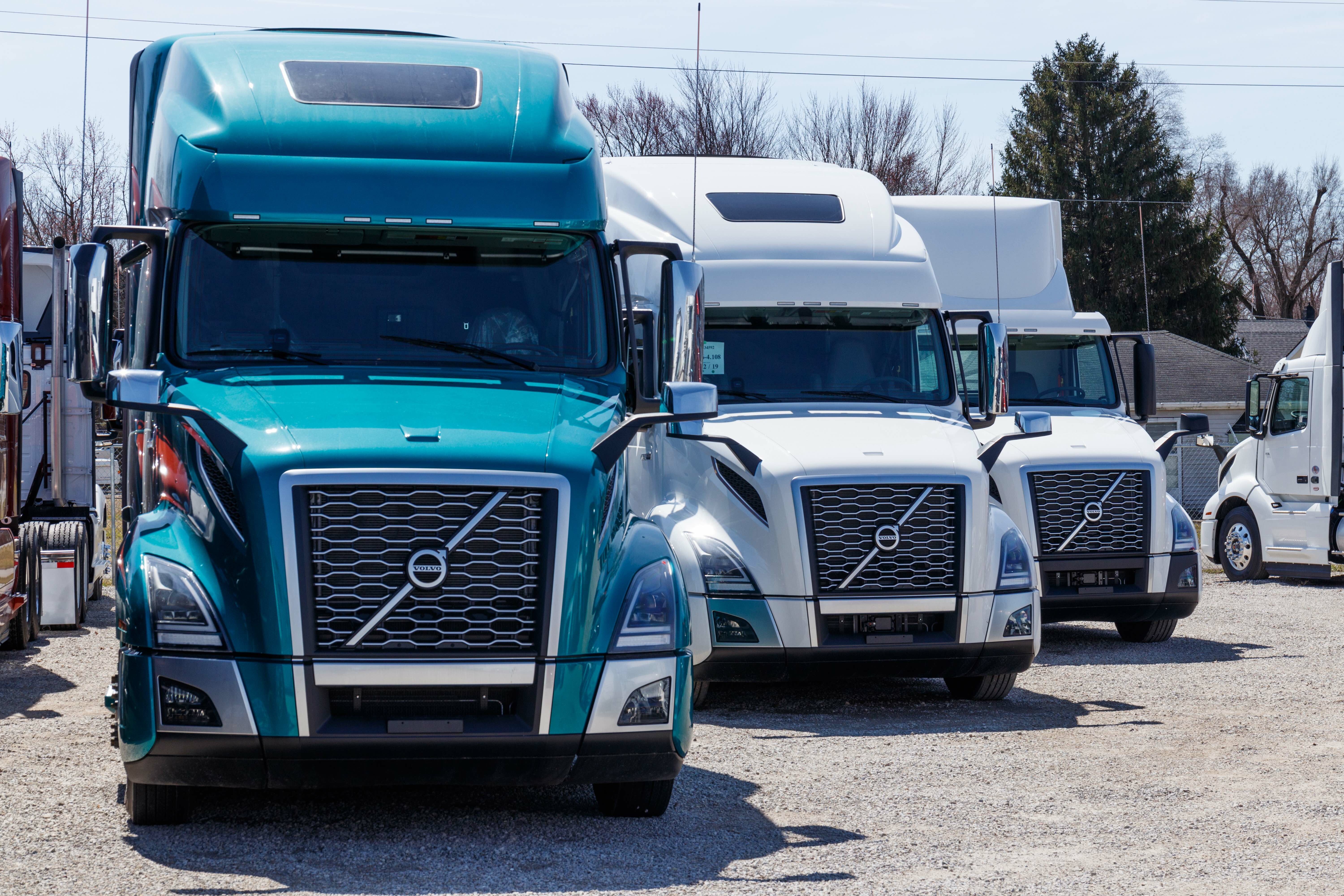Teen drivers or no drivers
Sep 02, 2018 in News, Regulations and road rulesIn order to fight the truck driver shortage, some politicians and representatives of the trucking industry believe that lowering the legal age for interstate truck drivers may be the solution to the problem.
However, this is not the first effort to change the rules and put younger drivers behind the wheels of trucks on the highway, but because of the safety concerns about the higher crash rates of younger drivers, past efforts have failed.
For decades, interstate truck drivers in the U.S. have had to be at least 21. Most states allow older teens — those 18, 19, 20 year olds to drive heavy trucks only inside state lines.

Since September 2017 two bills were submitted regarding the allowed legal age for interstate truck drivers. First, a bill expanding the pilot program and allowing for any qualified driver under the age of 21 to apply and participate. And in March 2018, a bill was submitted that would skip the pilot program requirements and change the safety rules to allow older teen drivers and 20 year olds to cross state lines in heavy trucks after undergoing extra training.
Yet, neither bill has gained enough momentum.
Representatives of the trucking industry believe that getting younger people involved in trucking earlier can prevent losing potential drivers to other industries. Younger drivers can build rewarding careers, thus staying in the industry longer. With the right controls and laws in place, allowing younger drivers is not a non-sense solution, but allowing teens to drive 18-wheelers cross country still remains controversial.
Are younger drivers more dangerous?
Although it seems like the right solution, lowering the legal age for interstate truck drivers raises some questions regarding safety on the roads. Safety advocates state that allowing younger people to drive big rigs on interstate trips is too much of a risk. It remains a danger even if the proposed programs come with extra training, restrictions and mandatory safety technology on the trucks.
Drivers ages 16 through 19 are involved in nearly 30 percent more fatal passenger vehicle crashes compared to drivers ages 20 to 24. 40 percent more compared to drivers ages 25 through 29 and more than twice compared to drivers 30 and older.
“So, when the risk for younger drivers is known to be very high in passenger vehicles, do you think putting them behind the wheels of a 80,000-pound truck makes sense”, ask the safety advocates.
Lifestyle issues and working conditions may be a hurdle, too
Trying to make up as much time on the road as you can, because you are getting paid by the mile driven is hard and not a particularly fancy lifestyle. The loading and unloading of a 5-ton truck can sometimes take hours and in the meantime, you are not getting paid.
Long-haul truckers can be away from home for days, maybe even weeks. And most of the time there is still the hunt for the safe place in the park, where you can spend the night in your cab.
As you can see, most of the hurdles in front of the trucking industry, regarding the driver shortage, surprisingly aren’t legal. Even if the Congress lowers the age limit for interstate truck drivers – the lifestyle and working conditions of the industry will also have to improve in order to attract and keep more drivers, no matter their age.



